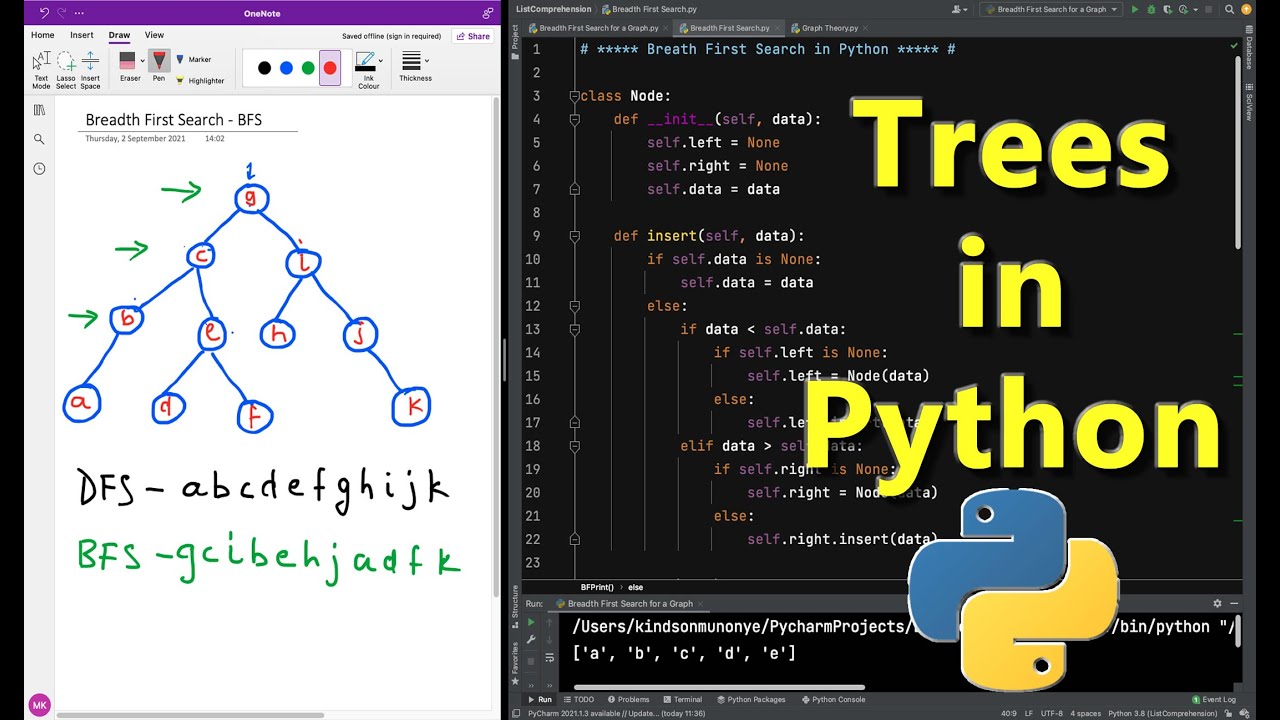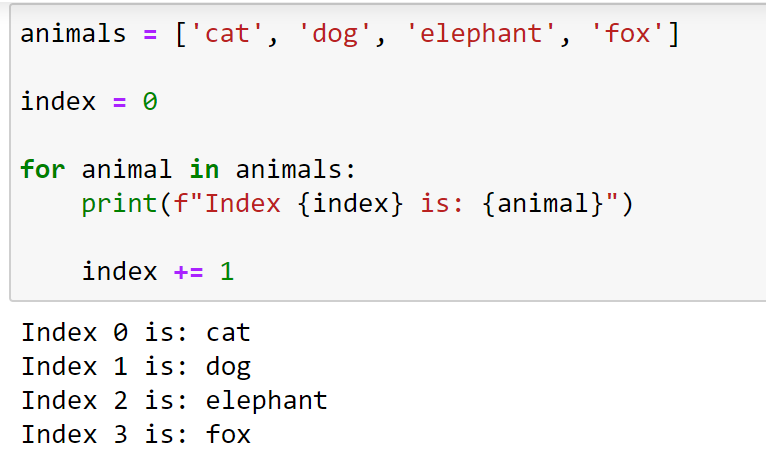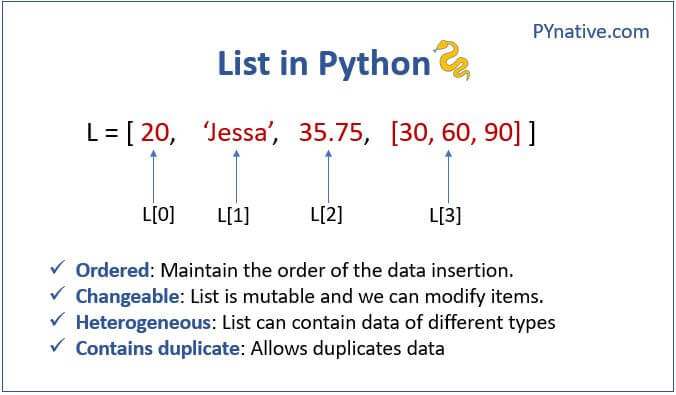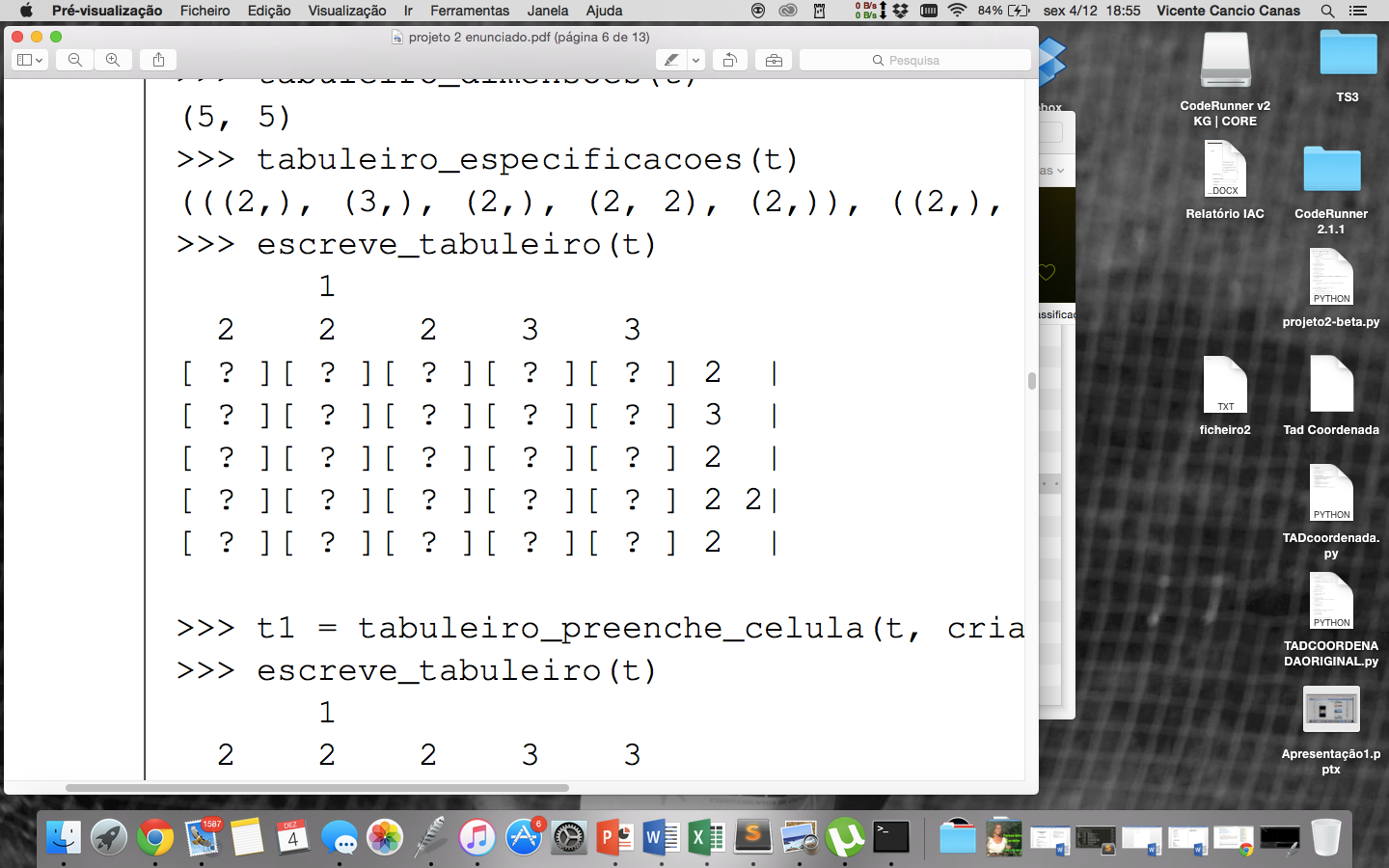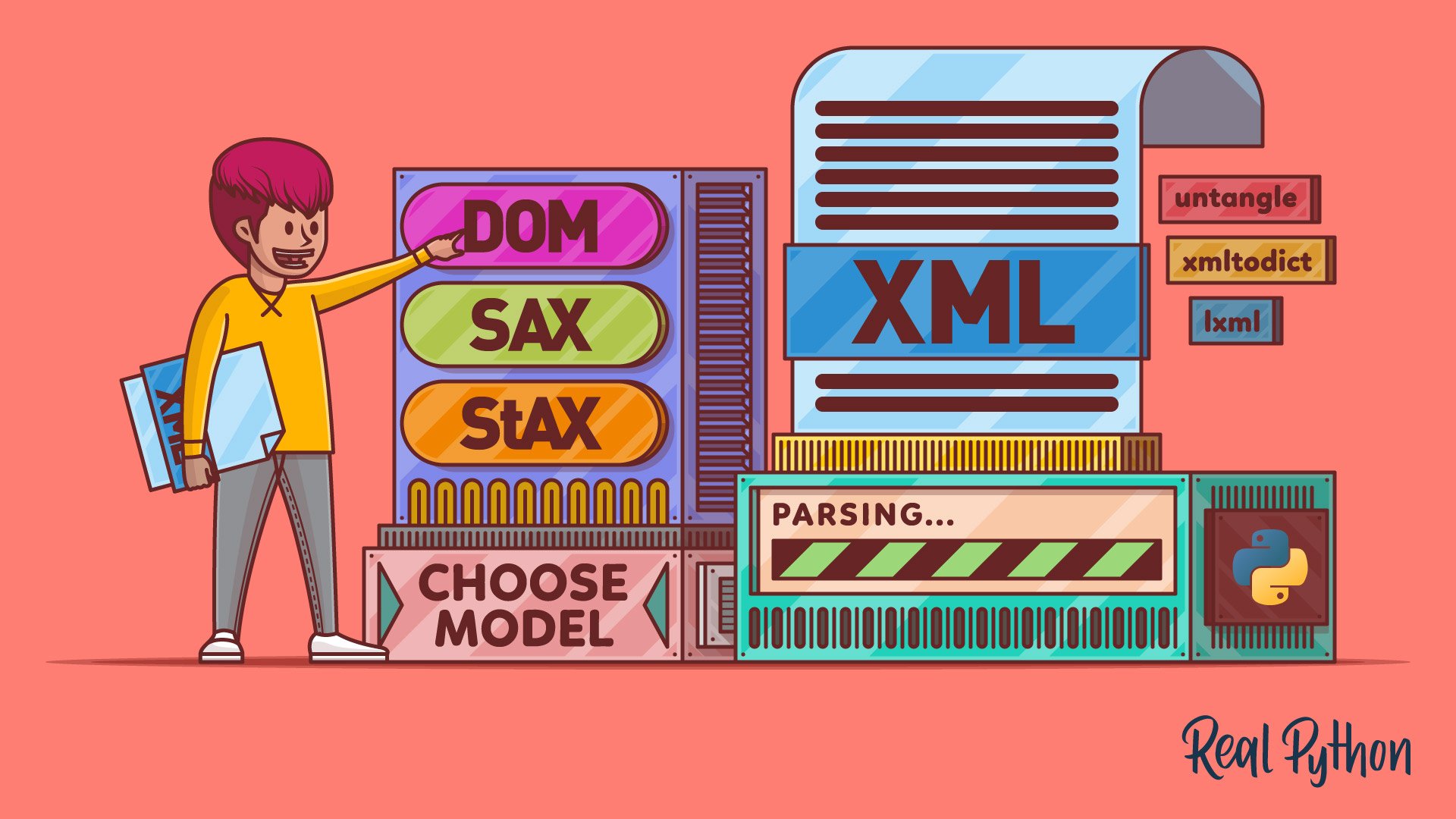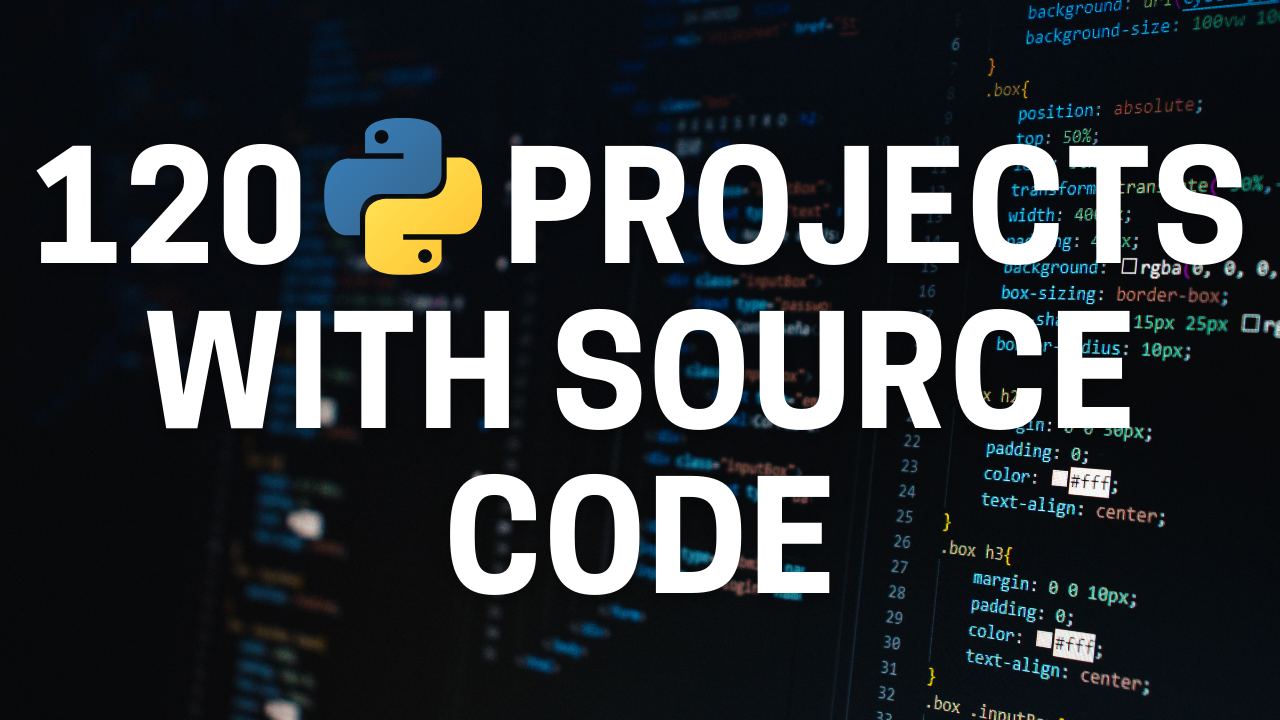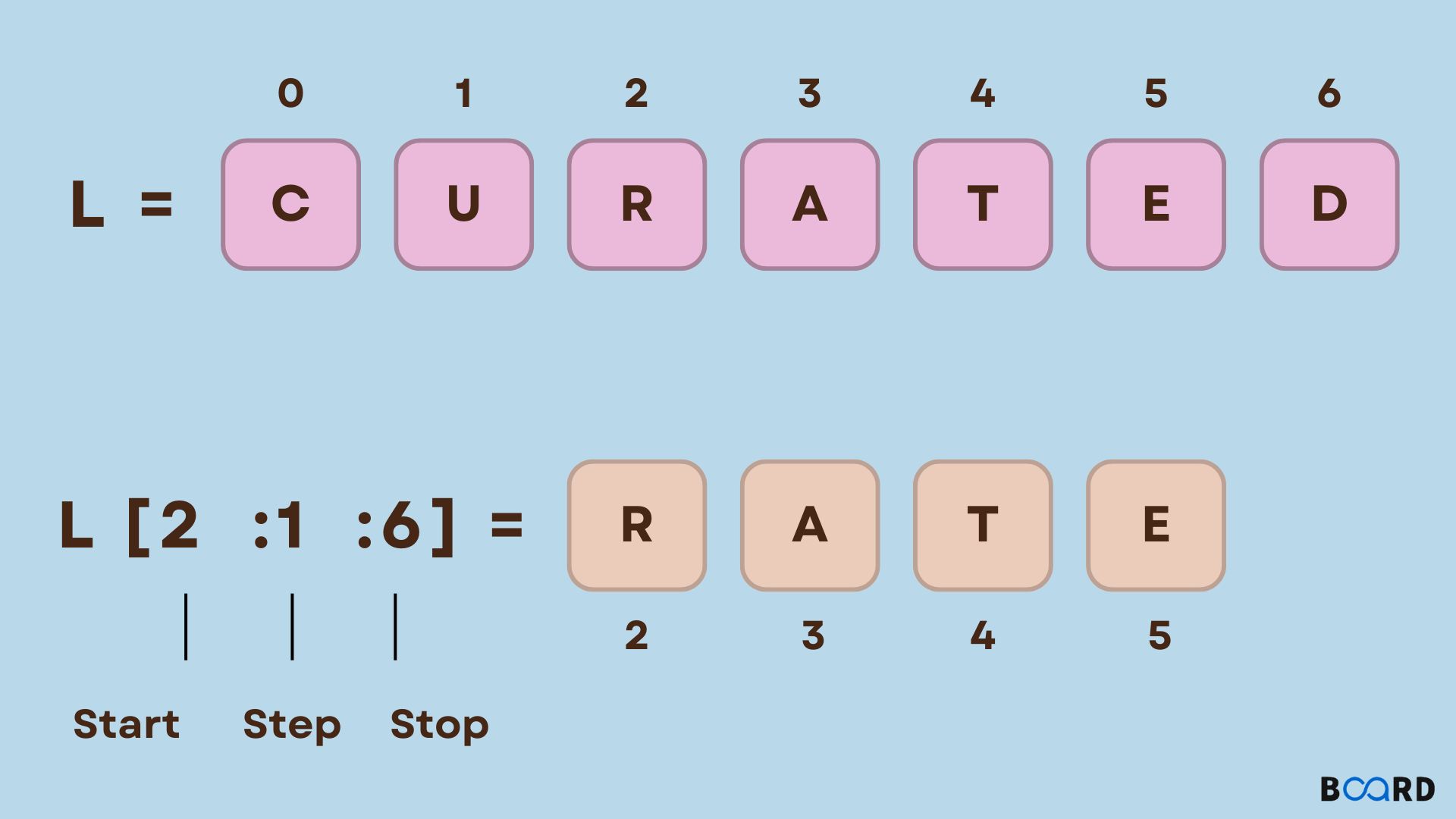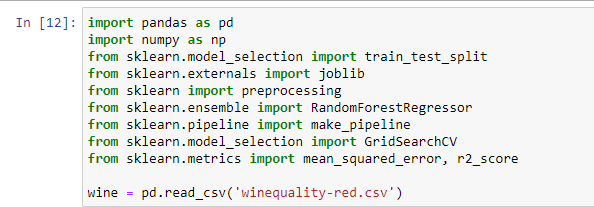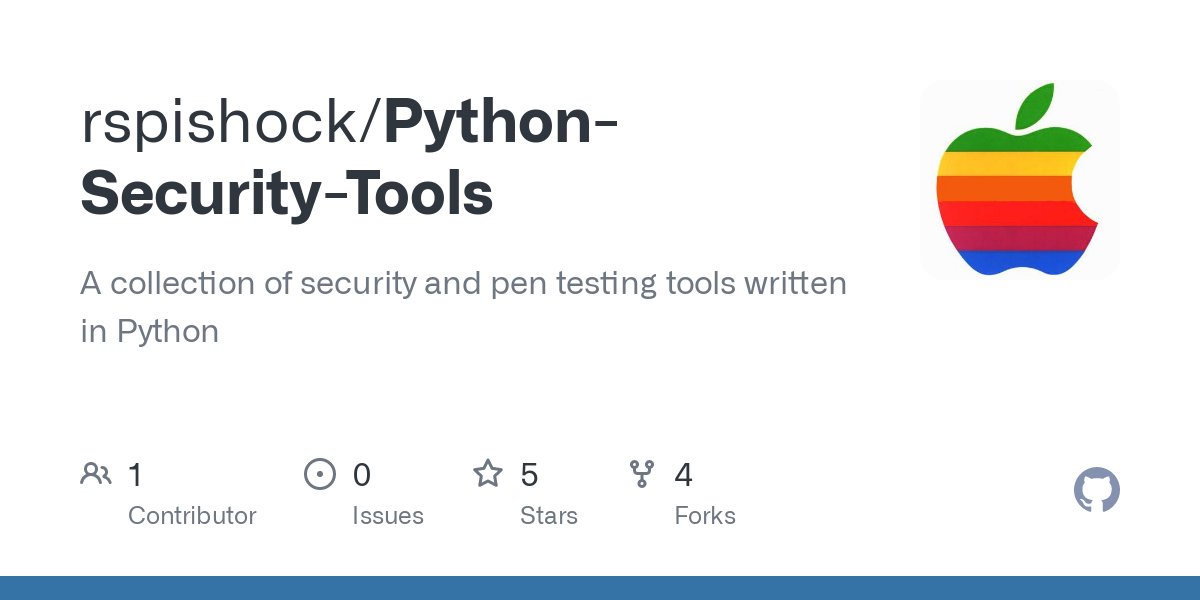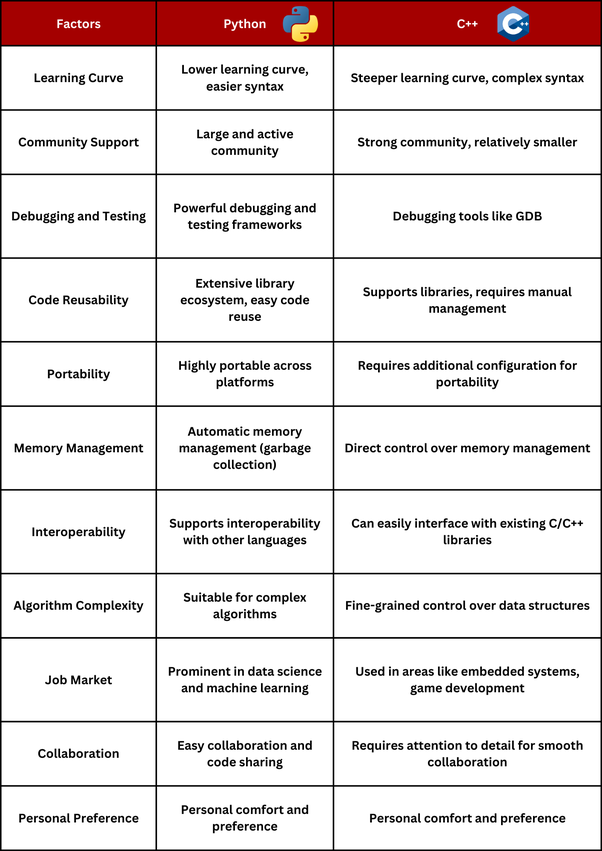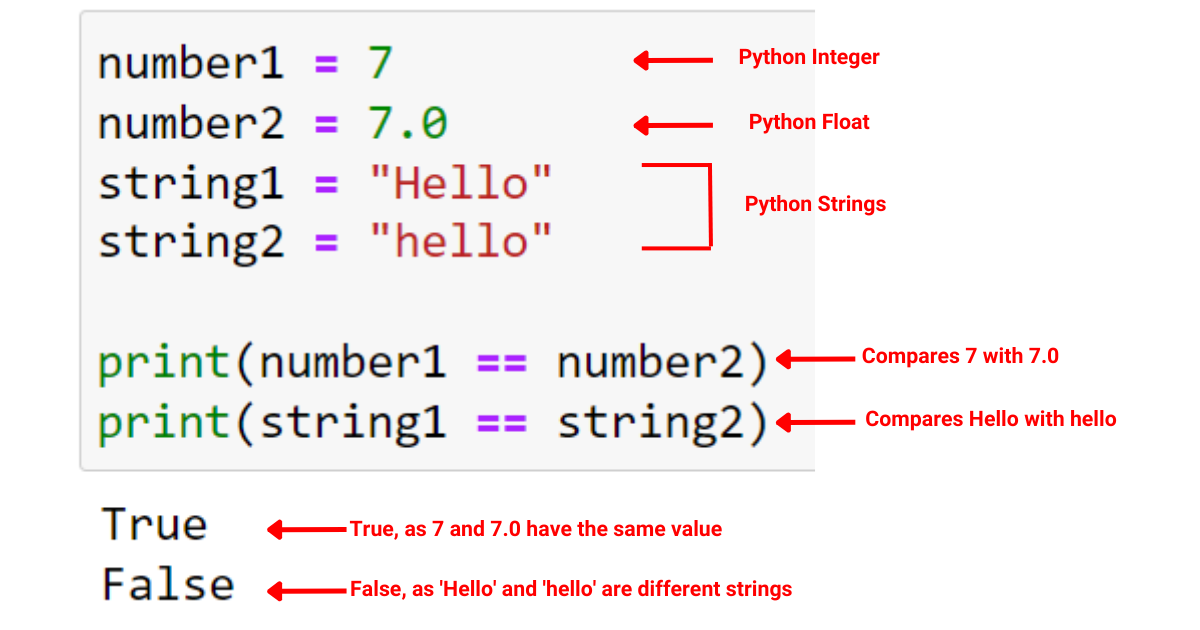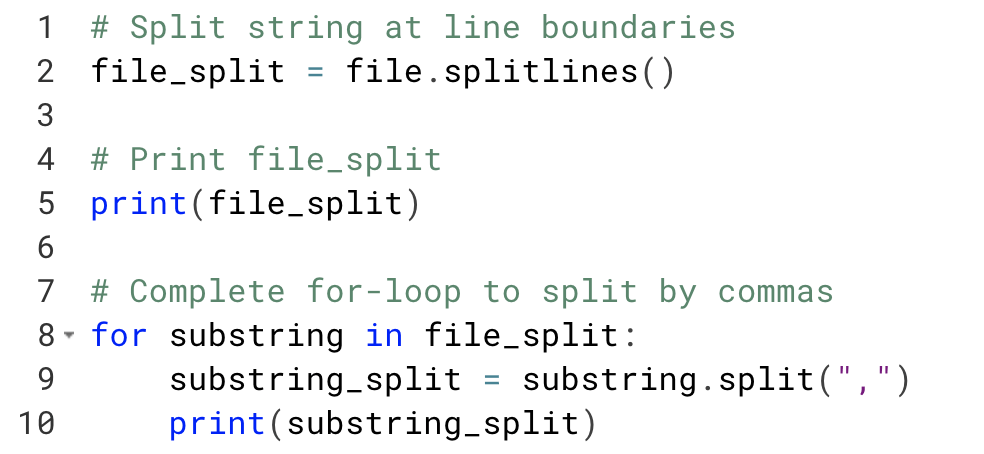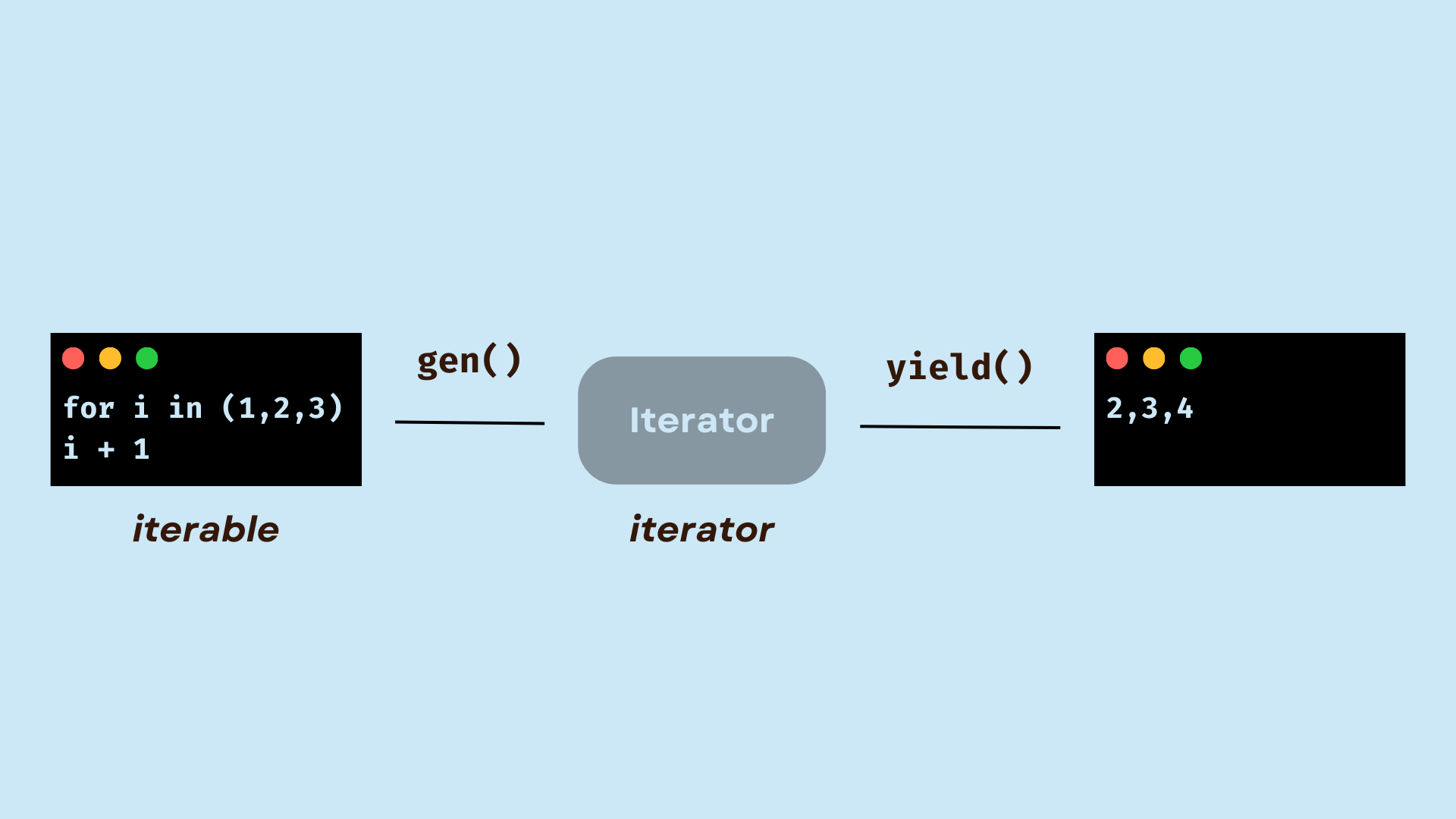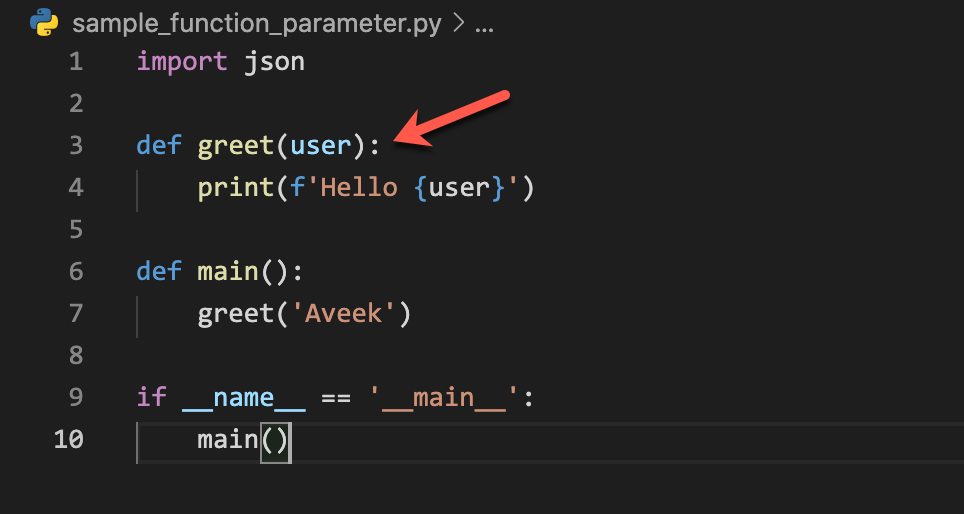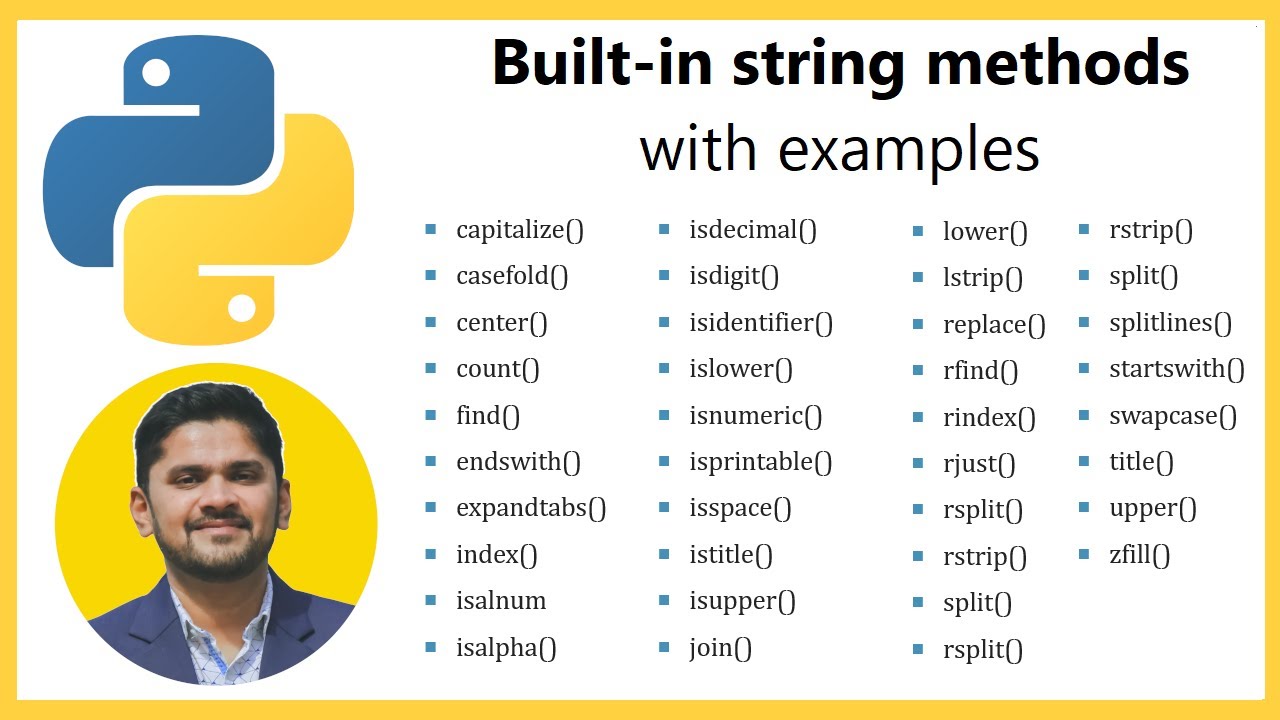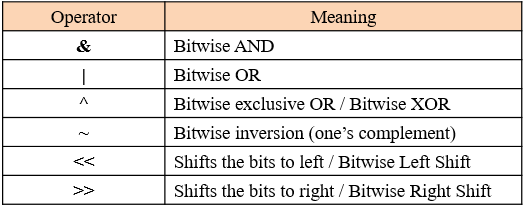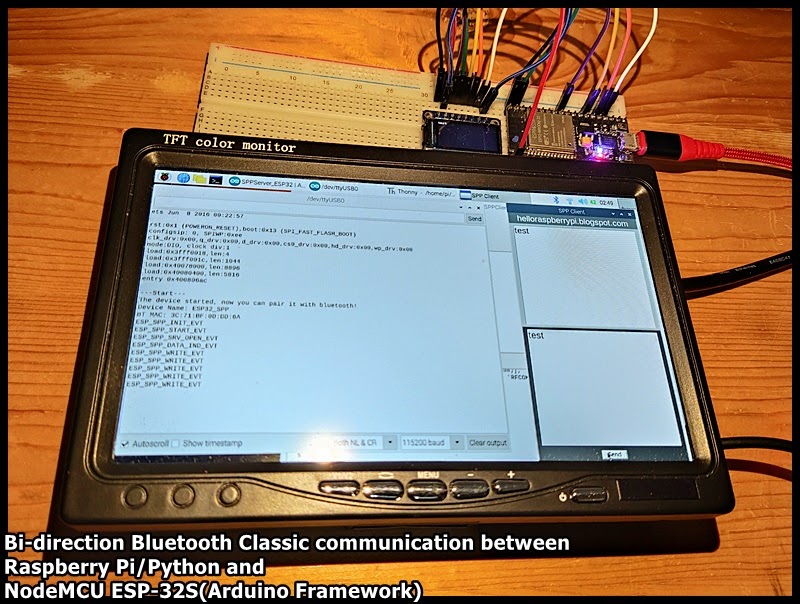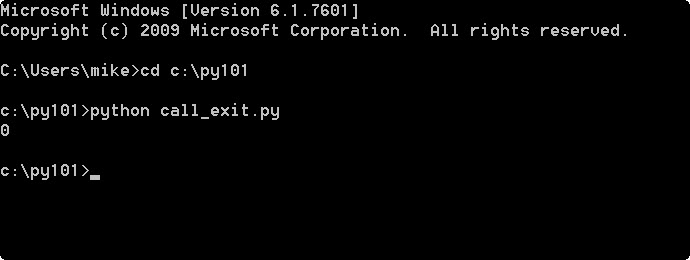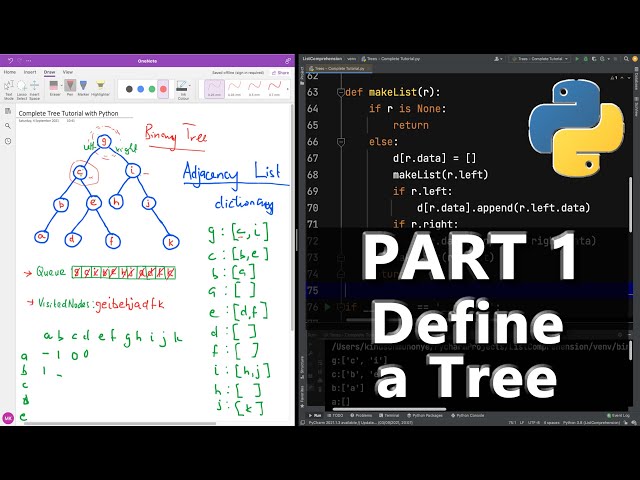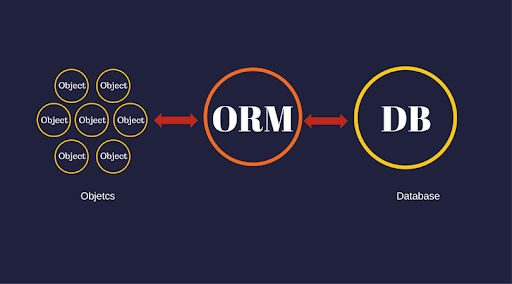Python esp32 example
Python esp32 example
Here is an example of using the Python programming language to control an ESP32 microcontroller:
Python Example: Controlling an ESP32
The ESP32 is a popular microcontroller used in many IoT projects due to its low cost, high performance, and Wi-Fi capabilities. In this example, we'll use Python to communicate with an ESP32 board and control it remotely.
Hardware Requirements:
ESP32 Board USB Cable Micro-USB Cable (for ESP32) Breadboard and Jumper Wires (optional)Software Requirements:
Python 3.x (or higher) installed on your computer PySerial library (install usingpip install pyserial) Esp32 Library (install using pip install esp32)
Python Code:
import serialimport time
Set the serial port and baud rate for communication with ESP32port = 'COM3' # Replace with your COM port
baudrate = 115200
Open the serial connection to ESP32ser = serial.Serial(port, baudrate)
try:
while True:
Read a command from user input (e.g., "on", "off", or "status")command = input("Enter a command (on/off/status): ")
if command == 'on':
Send the "turn on" command to ESP32ser.write(b'on')
print("ESP32: Turned On")
elif command == 'off':
Send the "turn off" command to ESP32ser.write(b'off')
print("ESP32: Turned Off")
elif command == 'status':
Request the current status from ESP32ser.write(b'status')
response = ser.readline().decode('utf-8').strip()
print(f"ESP32 Status: {response}")
else:
print("Invalid command. Try again!")
except KeyboardInterrupt:
print("Bye!")
finally:
ser.close()
How it Works:
The Python script establishes a serial connection to the ESP32 using PySerial. The script enters an infinite loop, waiting for user input (e.g., "on", "off", or "status"). Based on the user's command, the script sends the corresponding message to the ESP32 over the serial connection. The ESP32 receives the message and performs the requested action (e.g., turns on or off). If the user requests the status of the ESP32, the script reads the response from the ESP32 and prints it.Tips and Variations:
To make this example more useful, you can modify the Python code to send more complex commands or request more specific information from the ESP32. You can also use other libraries (e.g.,paho-mqtt for MQTT communication) or protocols (e.g., HTTP or CoAP) instead of serial communication.
I hope this example helps you get started with using Python to control an ESP32!
Python send data to ESP32
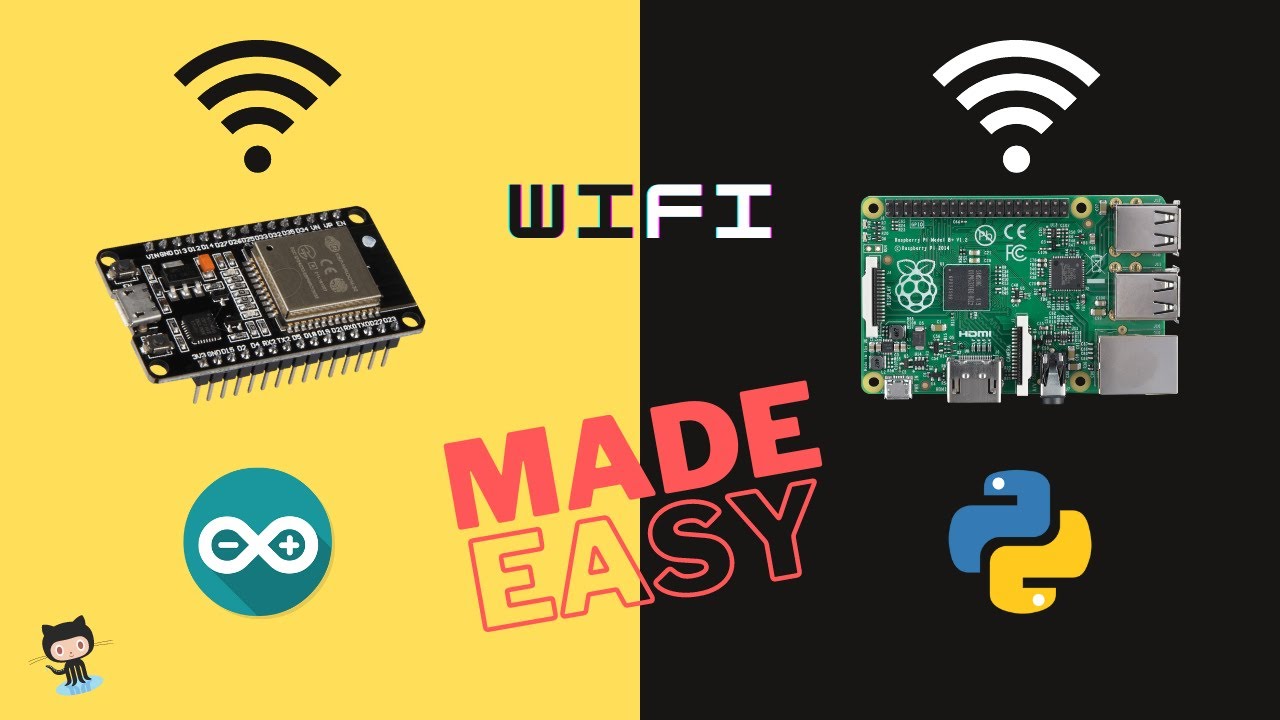
Here's a comprehensive guide on how to send data from Python to an ESP32 microcontroller.
Prerequisites
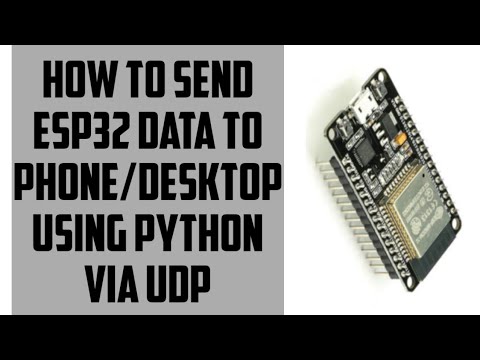
python-serial and micropython Ensure your ESP32 board is connected to your computer via USB or serial cable Make sure you have a basic understanding of Python programming
Step 1: Set up the ESP32 Board
Before we dive into the code, let's get our ESP32 board set up. You can use either an Arduino IDE or PlatformIO for this step.
Using Arduino IDE: Install the Arduino IDE if you haven't already. Go to File > Preferences and ensure that the "Verbose" option is unchecked. Connect your ESP32 board to your computer via USB or serial cable. Go to Tools > Port > [Select the COM port corresponding to your ESP32 board]. Select the ESP32 board type from the Tools > Board menu (e.g., "ESP32 Wrover"). Using PlatformIO: Install PlatformIO if you haven't already. Create a new project and select the "ESP32" board type. Connect your ESP32 board to your computer via USB or serial cable. Select the COM port corresponding to your ESP32 board from the PlatformIO settings.Step 2: Send Data from Python to ESP32
Now that our ESP32 board is set up, let's create a Python script to send data to it.
Using python-serial Library: Install thepython-serial library using pip: pip install pyserial Create a new Python file (e.g., "esp32_sender.py") and add the following code:
import serial
Set up the serial port
ser = serial.Serial('COM3', 115200, timeout=1) # Adjust COM port and baudrate as needed
while True:
Send some data to the ESP32
ser.write(b'Hello, world!')
print("Data sent!")
Wait for a second before sending again
time.sleep(1)
Replace COM3 with the correct COM port number corresponding to your ESP32 board.
micropython library using pip: pip install micropython Create a new Python file (e.g., "esp32_sender.py") and add the following code:
import micropython
Set up the serial port
ser = micropython.Serial('COM3', 115200, timeout=1) # Adjust COM port and baudrate as needed
while True:
Send some data to the ESP32
ser.write(b'Hello, world!')
print("Data sent!")
Wait for a second before sending again
time.sleep(1)
Replace COM3 with the correct COM port number corresponding to your ESP32 board.
Step 3: Receive Data on the ESP32
Now that we have our Python script set up, let's create an ESP32 sketch to receive the data.
Using Arduino IDE: Open the Arduino IDE and create a new sketch. Add the following code:#include
void setup() {
Serial.begin(115200);
}
void loop() {
// Read data from the serial port
if (Serial.available() > 0) {
char incomingChar = Serial.read();
while (Serial.available() > 0) {
incomingChar += Serial.read();
}
Serial.println(incomingChar); // Print the received data
}
delay(100);
}
#include
void setup() {
WiFi.begin();
while (WiFi.status() != WL_CONNECTED) {
delay(500);
}
Serial.begin(115200);
}
void loop() {
// Read data from the serial port
if (Serial.available() > 0) {
char incomingChar = Serial.read();
while (Serial.available() > 0) {
incomingChar += Serial.read();
}
Serial.println(incomingChar); // Print the received data
}
delay(100);
}
In both examples, we set up a serial port using Serial.begin() and read data from it using Serial.read(). We then print the received data to the console.
Conclusion
That's it! You should now be able to send data from Python to your ESP32 microcontroller. Make sure to adjust the COM port number and baudrate in your Python script according to your ESP32 board settings. If you encounter any issues, feel free to ask for help in the comments below. Happy coding!
